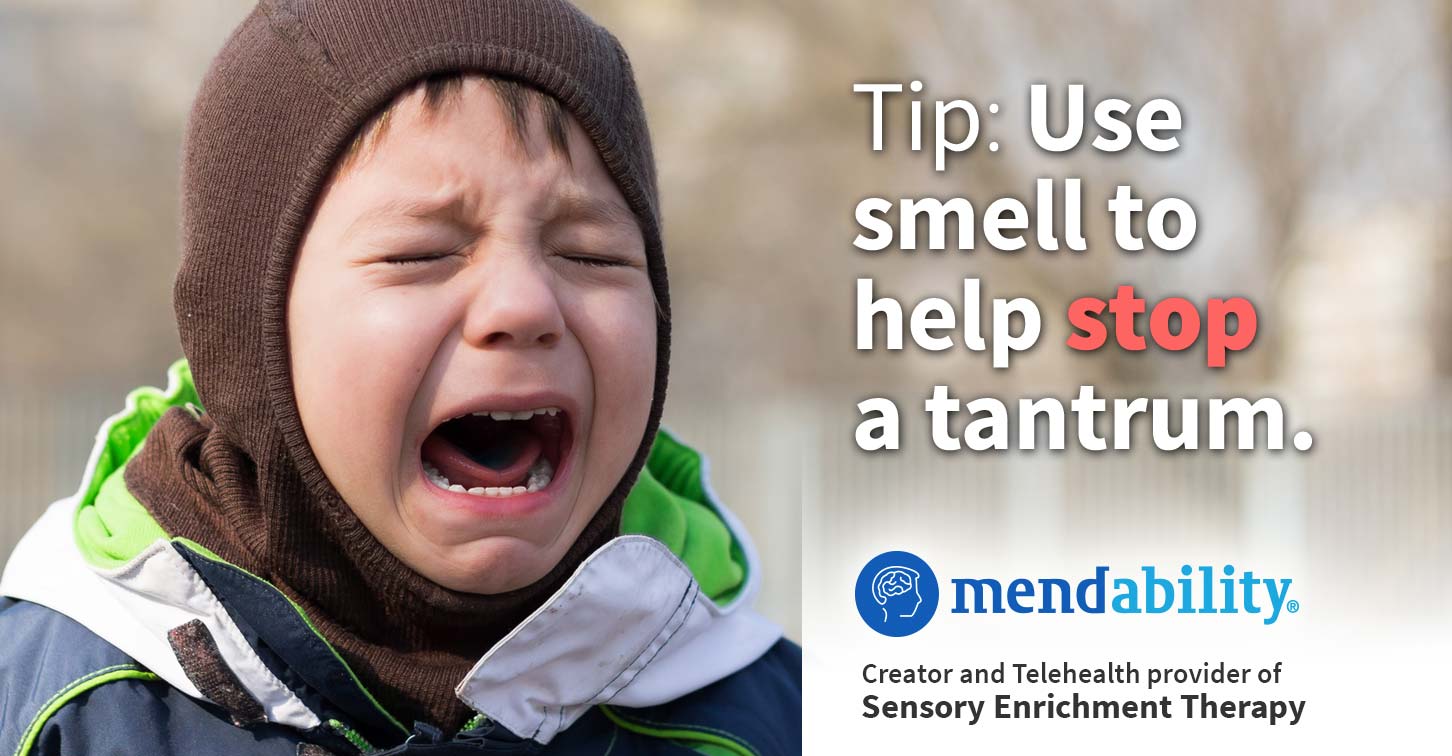Do you have a little baby or child that has many tantrums and that you are finding difficult to comfort?
We have a tip for you to help stop a tantrum and settle this child whether they are anxious, angry or distressed.
Note: We also recommend using this technique to help adults with anger management issues, as well as children or teenagers with anxious buildup issues, such as children with ADHD, OCD or autism.
Below you can read how Claudie, our chief scientist, made that discovery during a research project at the Necker Hospital for Sick Children in Paris, France.
Here is how she tells the story:
We could easily say that I simply did not have a choice. At the time, I was working on a study on infants with brain injuries at the Necker Hospital for Sick Children in Paris. The babies I was working with had so many problems. One of their crucial difficulties was that they could not breathe without a tracheotomy. For those who know the word from somewhere but are not too sure of what it means, it is a procedure where the surgeon cuts a small opening in the throat of the little one and inserts a plastic tube, right under the vocal cords, to allow the baby to breathe.
The saddest thing for me was to see those babies cry with all their might, all their tears… in absolute silence.
It was not possible to do all the sweet things that usually comfort a baby. No cuddles for those babies tied up to survival tubes. No breastfeeding to appease them.
I HAD to find something, and I did.
Before I tell you how we were able to help the babies in seconds, I need to tell you why this tip works.
Ten years ago, the University of California, Irvine published some exciting discoveries on the sense of smell[1]. They measured increases of brain activity after a smell activity. The levels of a particular chemical, dopamine, doubled for about an hour.
Dopamine is one of those great messengers of the brain that carry fundamental messages from one brain cell to another.
We bend towards a rose and instantly receive a biochemical gratification as our dopamine level increases. It simply feels great. The aroma of ground coffee, of freshly baked bread, of a freshly cut lemon, all have an impact on the details of our memories, or our power of motivation.
If the aroma is pleasant for you, you will be gratified. This is true whether you are aware of it or not. It is also true for the infant in the hospital bed in just the same manner as it is true for you.
I was, at the time, some 15-20 years ago, running several studies at the same time. One of them was a study of the response of newborns to activation of the sense of smell[2]. Barely a few hours old, those babies were able to demonstrate pleasure while smelling.
Running literally from one hospital to another, carrying a very heavy video camera and bags of small equipment I was using for my tests, I had the same small vial of fragrance. Hundreds of babies during those research years smelled the aroma of strawberry for the sake of science.
When by the bed of the Pierre-Robin syndrome babies, I felt I had to try to comfort them. The only thing left to do in their case was to access their nose. Their arms and hands were tied to the bed so that they would not remove any of the equipment they were hooked up to.
This is how an experiment led to experience, which in turn became my advice today:
Make your child smell, and just like the sick children in Paris, your little one should stop his tantrum in seconds.
Could it be that the calming effect is due to an increase in biochemistry in the brain? Could it be that the distress is overrun by the pleasure of the scent? Could it be that the overwhelming negative activity in the brain is interrupted by this new sensory input? It just works. This is not aromatherapy; this is only the pleasure of smelling something nice.
I saw the agitated and crying silent babies of the hospital almost instantly quiet down, breathe more deeply, appeased, and fall asleep. As air was coming in via the tracheotomy and out somewhat by the nose, their sensory information was somewhat modified but the effect was still immediate and considerable.
I have, from then on, used it again and again. I have suggested it to hundreds of young mothers distraught by their crying baby and unable to find out how to calm down their child.
Make your baby smell the aroma (strawberry, vanilla or jasmine are my recommendations), close to their little nose, simply leaving the aroma as long as the baby is not totally calmed. It is simple and it is efficient.
References:
- Coopersmith, R., & Leon, M. (1984). Enhanced neural response to familiar olfactory cues. Science, 225, 849–851. doi:10.1126/science.6474157
- Pomares CG, Schirrer J, Abadie V. Analysis of the olfactory capacity of
healthy children before language acquisition. J Dev Behav Pediatr. 2002
Aug;23(4):203-7. PubMed PMID: 12177565. - Rangel, S., & Leon, M. (1995). Early odor preference training increases olfactory bulb norepinephrine. Developmental Brain Research, 85, 187– 191. doi:10.1016/0165-3806(94)00211-H
- Sullivan, R. M., Stackenwalt, G., Nasr, F., Lemon, C., & Wilson, D. A. (2000). Association of an odor with activation of olfactory bulb norad- renergic beta-receptors or locus coeruleus stimulation is sufficient to produce learned approach responses to that odor in neonatal rats. Be- havioral Neuroscience, 114, 957–962. doi:10.1037/0735-7044.114.5 .957
- Sullivan, R. M., Taborsky-Barba, S., Mendoza, R., Itano, A., Leon, M., Cotman, C. W., . . . Lott, I. (1991). Olfactory classical conditioning in neonates. Pediatrics, 87, 511–518.

